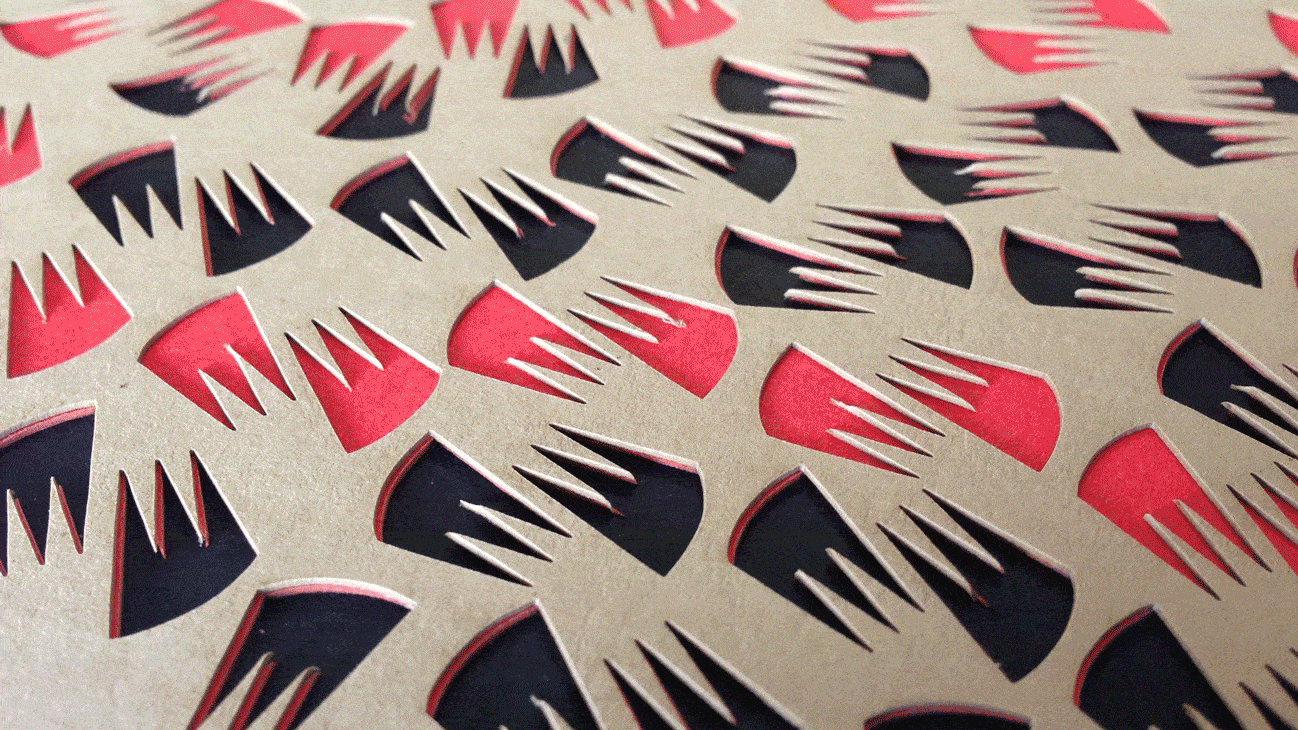ARTOMATIC helps companies their customers with exquisite physical objects.
For more than a generation now, we've embraced digital with their dizzying pace of change and familiar desire to create disruption. So different are they that a new dichotomy is between the physical and the digital; between real and virtual things; between man and ... and with it a new role for physicality.
Unlike the , calculating precision of the new technologies, physical communications connect directly to the imprecise, and intuitive that actually drive human behaviour. Like these objects, humans are physical entities hardwired to signals. is a universal human language.
ARTOMATIC originates from a pre-digital era (since ) and in its early years defined a new tactile lexicon of texture and materials to engage the senses and continues to pioneer an role for print and physical communications in the digital age.
As the name suggests, ARTOMATIC applies creativity to manufacturing using intelligence, insight and ingenuity to create physical communications (packaging, literature, media kits, membership packs, collateral and artefacts) that meaningful and enduring human connections between companies and their customers.


We have an archive of projects spanning 15 years of creativity, it’s a great resource of inspiration – if it’s possible, we’ve probably had a go at it.
View our full archiveOur Archive
We have an archive of projects spanning 15 years of creativity, it’s a great resource of inspiration – if it’s possible, we’ve probably had a go at it.
Our History
When Tim Milne and James Ellery opened ARTOMATIC in 1982, printers’ reputation as reluctant experimenters and creative nay-sayers opened the door for a more collaborative service that embraced and applied creativity to commercial print manufacturing. Malcolm Garrett offered the name, borrowed from a Peter Phillips painting to describe it perfectly… then and today.
Throughout the eighties, ARTOMATIC encouraged designers to use tactile processes and materials to create distinct printed objects with intrinsic value rather than being merely media for an image. At the heart of this idea was the belief that the tactile qualities of the materials and processes were an integral part of the communication.
In 1999, as a brave new digital world loomed ominously on the horizon, ARTOMATIC opened a pioneering space in London’s Clerkenwell housing a library of samples and materials, gallery and retail store. Its purpose was to champion the value of physicality and celebrate the seminal graphic culture from which emerged street art, graphic books, conceptual objects and designer toys.
Today, ARTOMATIC’s history and experience spans the transformation of communications from print to digital and with it a unique perspective and vision for using physicality to articulate ideas and emotions in the digital age.
